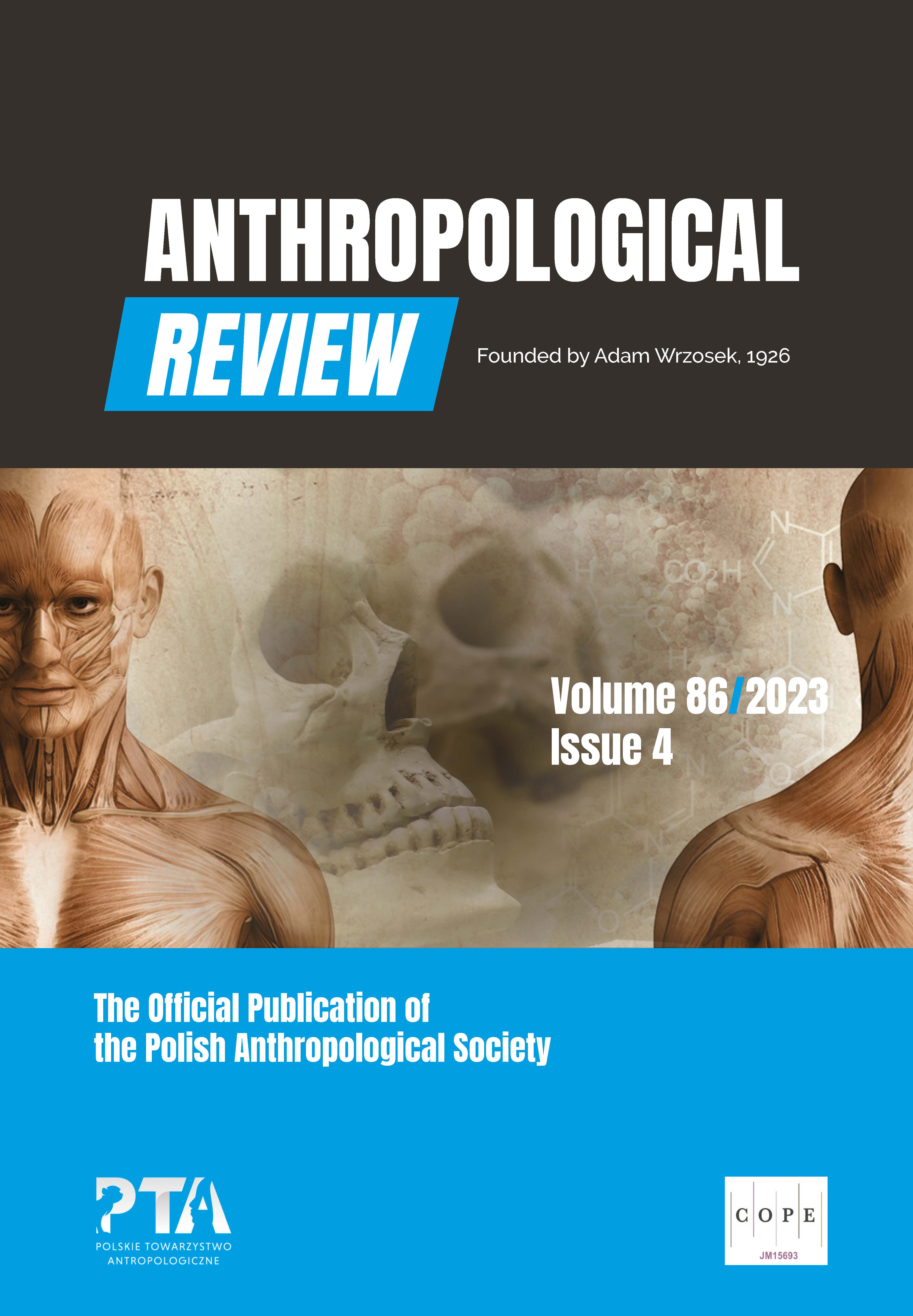Morphological and genetic aspects of Marfan Syndrome as demonstrated by a case of death during pregnancy with the discovery of two de novo missense mutations in the FBN1 gene
Morphological and genetic aspects of Marfan Syndrome as demonstrated by a case of death during pregnancy with the discovery of two de novo missense mutations in the FBN1 gene
Author(s): Isabella Aquila, Matteo Antonio Sacco, Silvia Boca, Donatella Malanga, Giuseppe Viglietto, Ludovico Abenavoli, Martino Maesani, Elena Varotto, Francesco M. Galassi, Pietrantonio RicciSubject(s): Anthropology, Health and medicine and law
Published by: Wydawnictwo Uniwersytetu Łódzkiego
Keywords: Marfan Syndrome; genes; mutation; dissecting aneurysm; legal medicine
Summary/Abstract: Marfan Syndrome (MFS) is an autosomal dominant disease caused in most cases by mutations in the FNB1 gene, which encodes for fibrillin 1. MFS does not alway shows typical phenotypic signs. Indeed, the occurrence of sudden death of unknown cause is increasingly seen in young adults without ante mortem preexisting pathology to explain the event. In many cases the diagnosis of Marfan Syndrome (MFS) is carried out post mortem, especially in cases where the disease’s external phenotype is absent. Here is reported a case of a young woman who died during a twin pregnancy investigated with medico-legal and forensic anthropological procedures. The autopsy showed the absence of a typical marfanoid habitus and the presence of a dissecting aneurysm of the aorta with histopathological degeneration of the aortic elastic fibers. The genetic investigation revealed two previously undetected de novo mutations of the FBN1 gene: c.T6181C: p.C2061R and c.G1415A: p.C472Y. This new mutations, together with a comprehensive analysis, demonstrates the existence of a causal relationship between these mutations and the dissecting aneurysm of the aorta. This also stresses the importance of a combined multidisciplinary approach to this condition which includes morphological and genetic studies.
Journal: Anthropological Review
- Issue Year: 86/2023
- Issue No: 4
- Page Range: 63-70
- Page Count: 8
- Language: English

